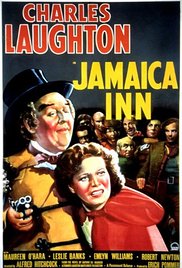 In Hollywood’s Golden Age, no one held court quite like Charles Laughton. Pompous and puffed-up, charming and shrewd, he often played characters brimming with confidence, or, some might say, entitlement. A case in point is Alfred Hitchcock’s “Jamaica Inn,” from 1939, in which Laughton plays Sir Humphrey Pengallan, an aristocrat lording it about in Cornwall, England, in the early 1800s, amid shipwrecks and pirates and a butler named Chadwick (Horace Hodges). Of course.
In Hollywood’s Golden Age, no one held court quite like Charles Laughton. Pompous and puffed-up, charming and shrewd, he often played characters brimming with confidence, or, some might say, entitlement. A case in point is Alfred Hitchcock’s “Jamaica Inn,” from 1939, in which Laughton plays Sir Humphrey Pengallan, an aristocrat lording it about in Cornwall, England, in the early 1800s, amid shipwrecks and pirates and a butler named Chadwick (Horace Hodges). Of course.
Based on a Daphne Du Maurier novel and made a year before Hitchcock’s Oscar-winning movie of Du Maurier’s “Rebecca,” the film introduces Maureen O’Hara as Mary, a headstrong young Irish woman (is there any other kind?) who travels to Cornwall to find her Aunt Patience, her last surviving relative. Mary finds Patience as well as much crafty scheming and seaside battles.
“Jamaica Inn” was the last film Hitchcock made in England before embarking on his stellar Hollywood career. Hitchcock’s wife and creative partner Alma Reville Hitchcock also worked on the movie. Laughton co-produced. (Laughton and O’Hara reunited for “The Hunchback of Notre Dame,” also 1939, directed by William Dieterle. Lest anyone think Laughton was typecast as a British bigwig, this famous and poignant part let him show his acting chops.)
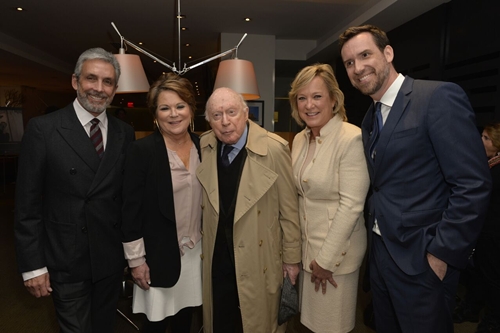
From left: Cohen Media Group Chairman and CEO Charles S. Cohen, Alfred Hitchcock’s granddaughter Tere Carrubba, Hitchcock leading actor Norman Lloyd, Alfred Hitchcock’s granddaughter Katie Fiala and KCETLink Media Group President and CEO Michael Riley at Tuesday’s screening of “Jamaica Inn.” Photo courtesy of Lisa Rose.
“Jamaica Inn” was recently restored and shown Tuesday night on the big screen at the Pacific Design Center’s SilverScreen Theater in Los Angeles, hosted by KCETLink Media Group, BAFTA Los Angeles and Cohen Media Group. The “Jamaica Inn” screening was held in advance of the movie’s KCET broadcast premiere, part of KCETLink’s Cohen Film Classics lineup.
Cohen Film Classics’ telecast of “Jamaica Inn” will air on Friday, March 24, on KCET in Southern California at 10:20 p.m. PT and on Link TV nationwide (DirecTV 375 and DISH network 9410) at 9 p.m. ET/PT. The restoration looks great and is well worth seeing.
Special guests at Tuesday’s event included Charles S. Cohen, KCET’s host of Cohen Film Classics, KCETLink Media Group’s Michael Riley, two of Hitchcock’s three granddaughters – Katie Fiala and Tere Carrubba – and legendary actor-producer Norman Lloyd, who played in “Saboteur” (1942) and “Spellbound” (1945) and produced many episodes of “Alfred Hitchcock Presents.”
Lloyd, 102, had the audience in the palm of his hand as he shared memories and anecdotes about working with the Master and Mistress of Suspense. “Alma Hitchcock knew as much about film as anyone who ever lived and Hitch knew it,” said Lloyd.
As for his famous leap from the Statue of Liberty in “Saboteur,” Lloyd said Hitch asked him: “Norm, can you do a back flip over the railing?” Lloyd agreed and it was shot in one take. “Hitch got it. I gave it. And forever after we were great friends. It was the greatest piece of acting I’ve ever done!”





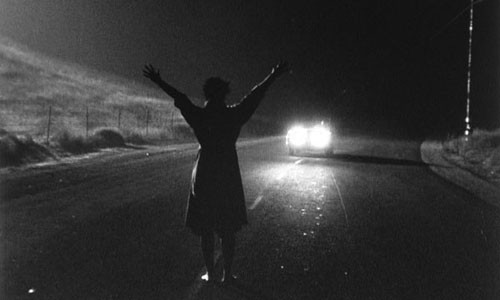
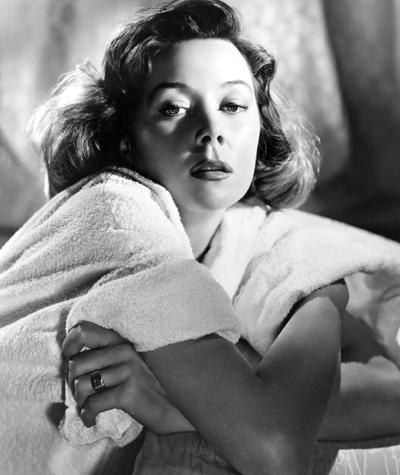
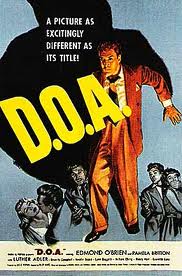
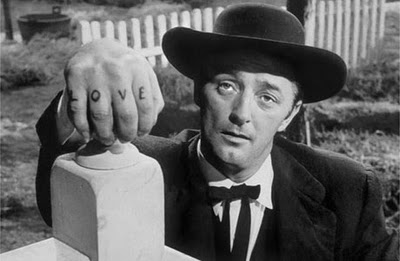
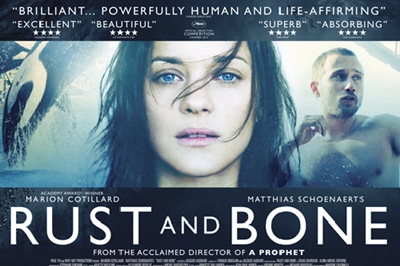
![robert_mitchum_night_of_the_hunter[1]](http://www.filmnoirblonde.com/wp-content/uploads/2012/12/robert_mitchum_night_of_the_hunter12.jpg)
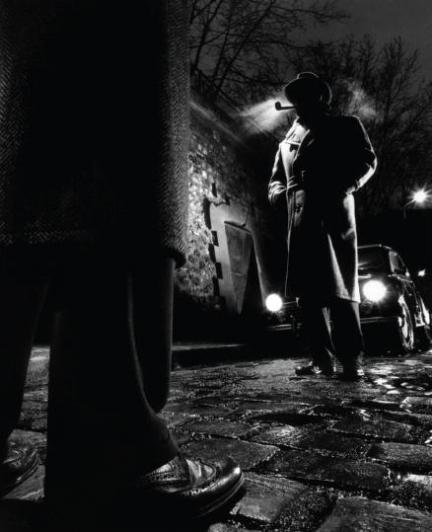
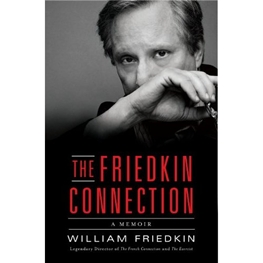
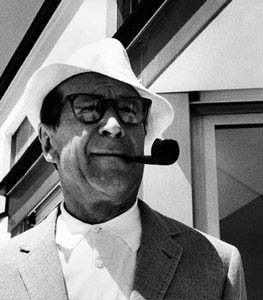
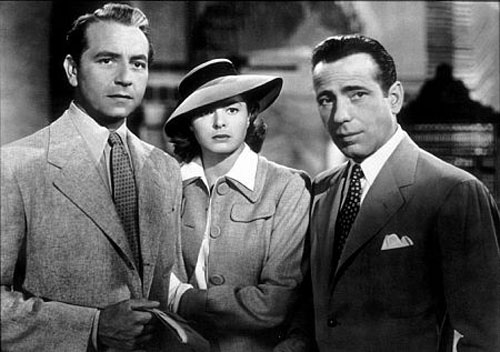
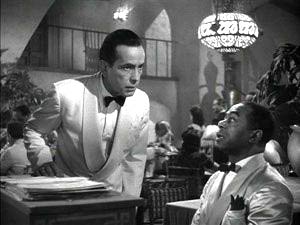
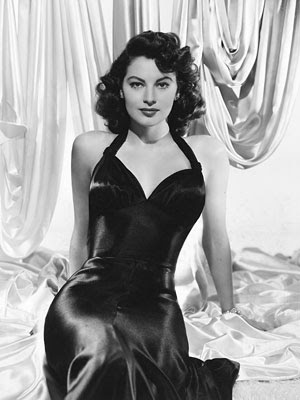
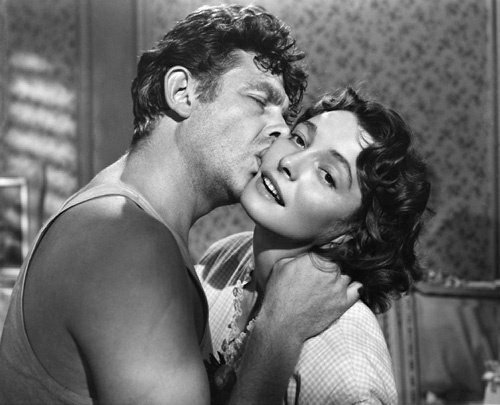
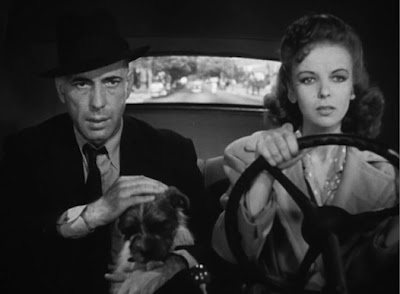
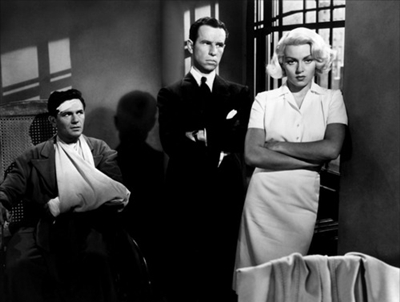
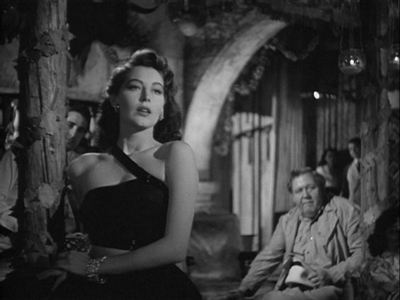
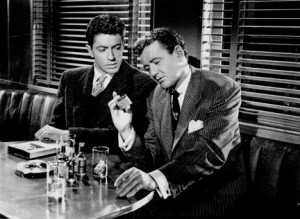
![mulholland_drive_4[1]](http://www.filmnoirblonde.com/wp-content/uploads/2012/03/mulholland_drive_41-300x225.jpg)
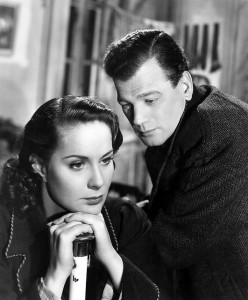
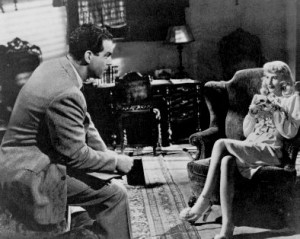
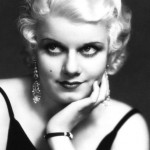
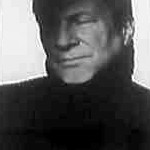





From FNB readers